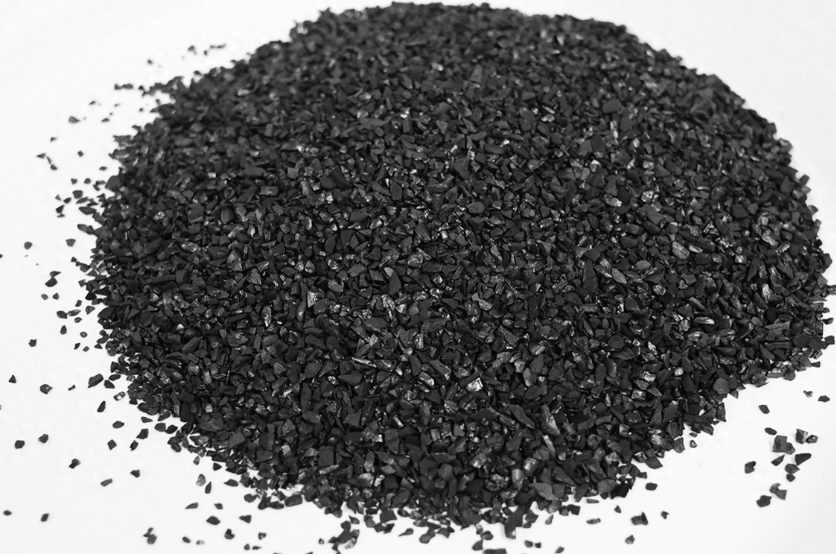Modified Activated Carbon Adsorption - High-efficiency Regeneration Technology
Due to its large specific surface area, excellent adsorption performance, and resistance to acid and alkali, activated carbon has become one of the best adsorbent materials for industrial wastewater treatment. It is generally prepared through physical or chemical activation methods, which are complex and expensive processes. Activated carbon with a iodine number of 1000 can cost as much as 10,000 to 12,000 yuan per ton.
Used activated carbon, once it reaches adsorption saturation, is classified as solid waste. Since the adsorbates absorbed by activated carbon can be harmful to the environment, there is significant economic value in the repeated regeneration of deactivated activated carbon.

The essence of activated carbon regeneration can be broadly classified into two categories:
Common methods for activated carbon regeneration include thermal regeneration, ultrasonic regeneration, chemical agent regeneration, electrochemical regeneration, and wet oxidation regeneration. Each of these methods has its own advantages and disadvantages.

The biochar microwave efficient regeneration technology (MACT) developed by our company is based on thermal regeneration. Both methods of activated carbon regeneration use heating to alter the adsorption properties of activated carbon, thereby achieving desorption of adsorbates and activation of activated carbon, ultimately leading to its regeneration. Under microwave irradiation, water molecules and other organic compounds in the activated carbon are rapidly heated. Some organic compounds undergo thermal decomposition into CO2 gas and water vapor. The generated vapor pressure explosively pushes outwards from the interior of the material. Under this intense action, most of the pores of the activated carbon are restored, forming a significant porous structure. Some organic compounds are carbonized and react with the residual carbon at high temperatures, further restoring the pores of the activated carbon.
Compared to thermal regeneration, the most significant difference of microwave regeneration lies in the way microwaves heat the dielectric material. The heating effect of microwaves on materials is manifested in three main characteristics: reflection, penetration, and absorption. Based on this, materials can be classified into conductors, insulators, and dielectric materials. Activated carbon belongs to dielectric materials. At the microscopic level, the heating effect of microwaves is generated by ionic conduction and dipole rotation. Ionic conduction refers to the directional transfer of dissociated ions in an electromagnetic field, generating heat when encountering a medium barrier. Dipole rotation refers to the rearrangement of molecules with positive and negative charges in the material under the action of an electromagnetic field, generating heat. Due to the high dielectric loss of activated carbon, microwave heating can rapidly elevate its temperature, reaching high temperatures of over a thousand degrees Celsius in a few minutes, thereby achieving rapid regeneration of activated carbon. This enables the recycling of activated carbon and greatly reduces operating costs. By changing the regeneration method, this technology can be applied to the targeted treatment of various types of wastewater, achieving the goal of deep purification of sewage.
